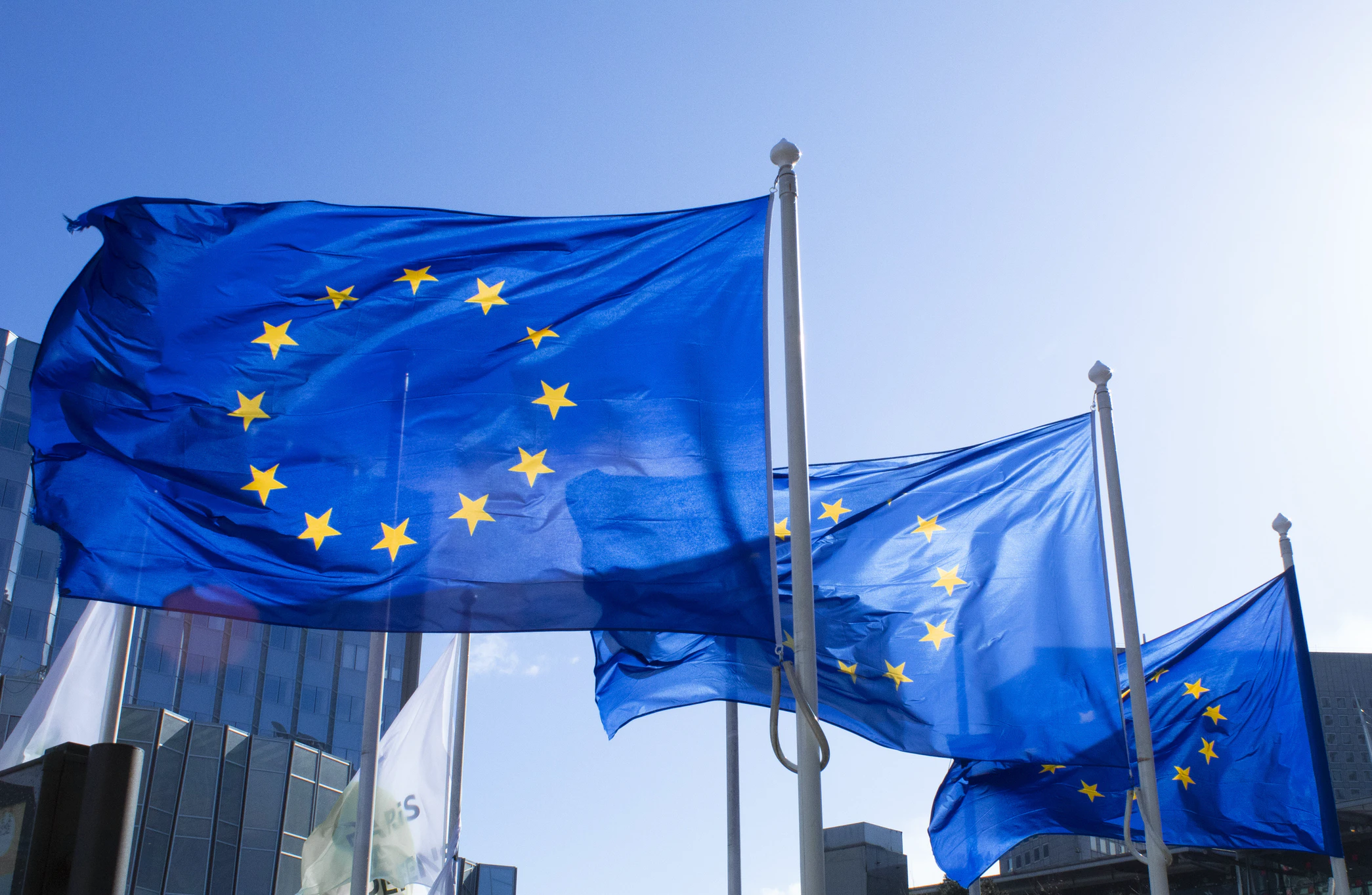If you’re planning to expand your innovative business in the European Union (EU), you might want to consider protecting your intellectual property as a valuable asset. Whether you’re selling goods via the Internet or manufacturing them in one of the European countries, IP protection will help you secure your business.
This article reviews what is needed to register a patent in the EU.
What are the options?
Before the European Patent Convention came into effect in 1977, one needed to file separate applications to the patent offices of each European country if IP protection across Europe was required. Today, however, you can file a single European patent application to get a European patent that can be recognized in a number of countries.
So, if you need IP protection in only one or two European countries, the best choice would be to register a patent at a national level. Here’s the list of local patent offices you can file your application with.
For patent protection in several European countries or across the EU, consider registering the so-called European patent with the European Patent Office (EPO). Be aware that you will need to validate the European patent by the national patent office in each country where you require patent protection.
Basically, if you need patent protection in three or more of the EU countries, registering a European patent would be cheaper than applying for individual national patents. Once granted, the European patent becomes legally effective in the countries of your choice. The term of a European patent is 20 years from the filing date.
Preparation and filing an application
First off, you need to make sure your invention is eligible for patenting – it must be new, have industrial applications and involve “an inventive step”. Before you apply, consider carrying out a preliminary patent search to exclude the possibility of patenting an already existing technology.
To secure the date of filing, you will need to provide the European Patent Office (EPO) with the following documents:
- a request to issue a patent;
- a description of the invention;
- information on the applicant(s);
- a request for a search.
You can file an application for the EPO in any language, but if it’s not one of the official languages of the EPO (English, French or German), you’ll also need to submit a translation.
When filing the application, you’ll need to pay the fee. The application will then be given an ID and a filing date.
Examination and search
After the filing date has been set for the application, the EPO examines if it complies with the formal requirements, such as the form and content of the request, the information about the inventor, the drawings and abstract provided, etc.
Patent search is aimed at finding all the documents that may be relevant to evaluating the novelty of the invention. It is based on the patent claims but also considers the invention description and drawings, if provided. The search report is then sent to the applicant accompanied by a copy of the quoted documents and a precursory conclusion on whether the application meets the requirements of the EPC.
Within six months from the publication of the search report, the applicant should also request to convey a detailed examination of the European patent application.
Publication and detailed examination
18 months after the filing date, the application is published together with the search report. The application may, however, be published earlier if requested by the applicant and provided that all the fees have been paid and all the documents are in place.
Within six months of the date on which the European Patent Bulletin mentions the publication of the European search report, the applicant needs to request a substantive examination of the invention and to pay the fee for patenting in the countries of interest. After this, you won’t be able to confirm any new countries.
During the detailed examination, the EPO checks whether the application and the invention meet the requirements of the European Patent Convention. An examining team usually consists of three examiners, one of whom may write to you or your authorized representative concerning the current status or any objections.
If the examining team finally agrees that your invention is patentable, you will be granted the patent. The information about the patent is then included in the European Patent Bulletin. The decision to grant a patent is effective from the date of this publication.
Validation by national patent offices
Following the grant of a patent by the EPO, it has to be validated in each of the designated countries. In some countries, you may also need to file a translation of the patent specification in the official language of the national patent office and to pay fees by a certain date.
After the European patent has been granted, it turns into a set of separate national IP rights. In each country, you will need to pay annual renewal fees so that the respective patent rights stay in force. You can also decide to cease your patent rights in one or several countries, while retaining the rights in other countries.
The iPNOTE platform features more than 700 IP law firms that cover more than 150 countries, so you can always find the right direct service provider using our flexible filtering system. Take a look at our directory of providers in Europe.
Sign up for free and we’ll help you solve any IP problem.
Efficiently navigating the patent process involves adeptly responding to office action, a pivotal step towards potential success culminating in the issuance of a notice of allowance for the patent.







